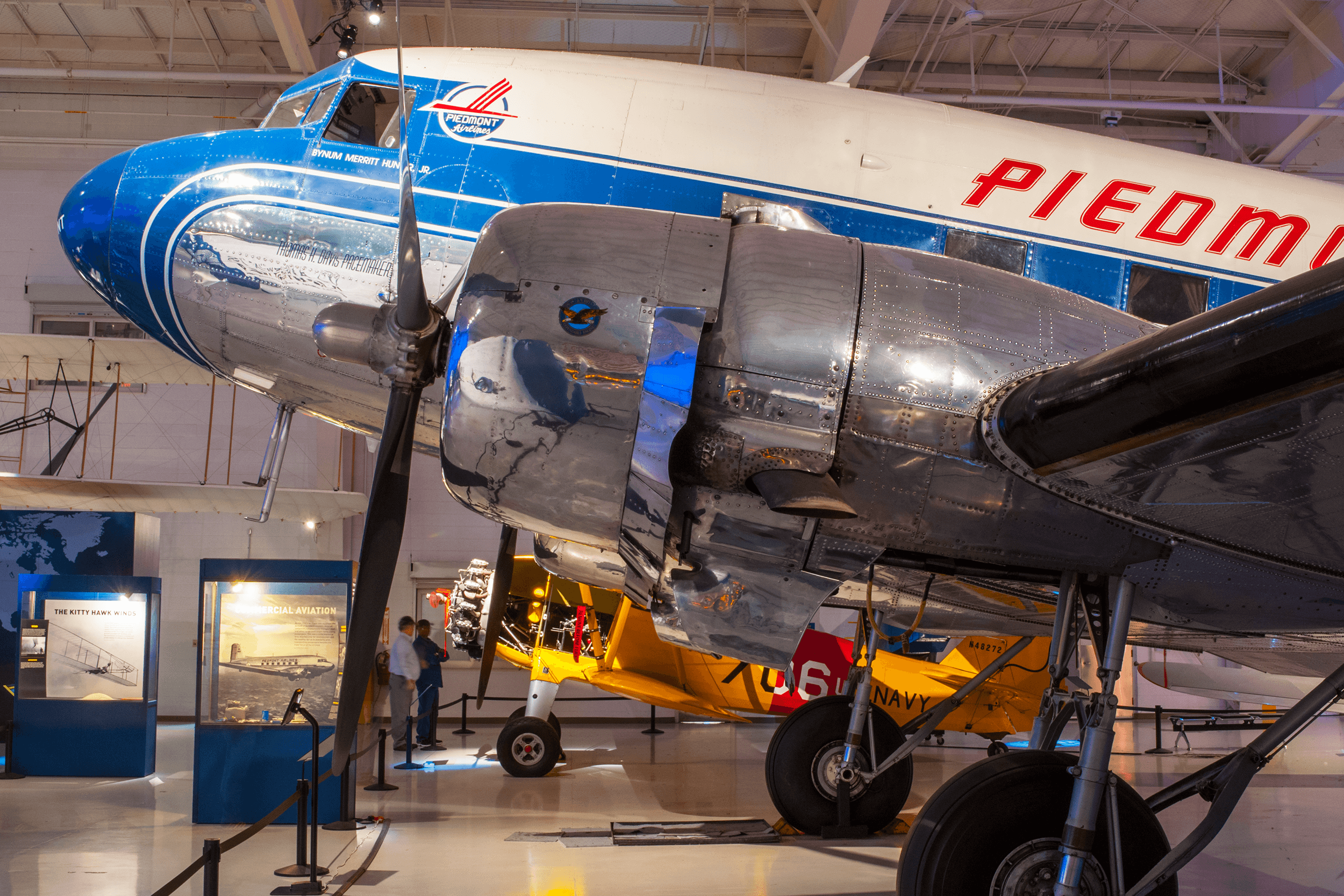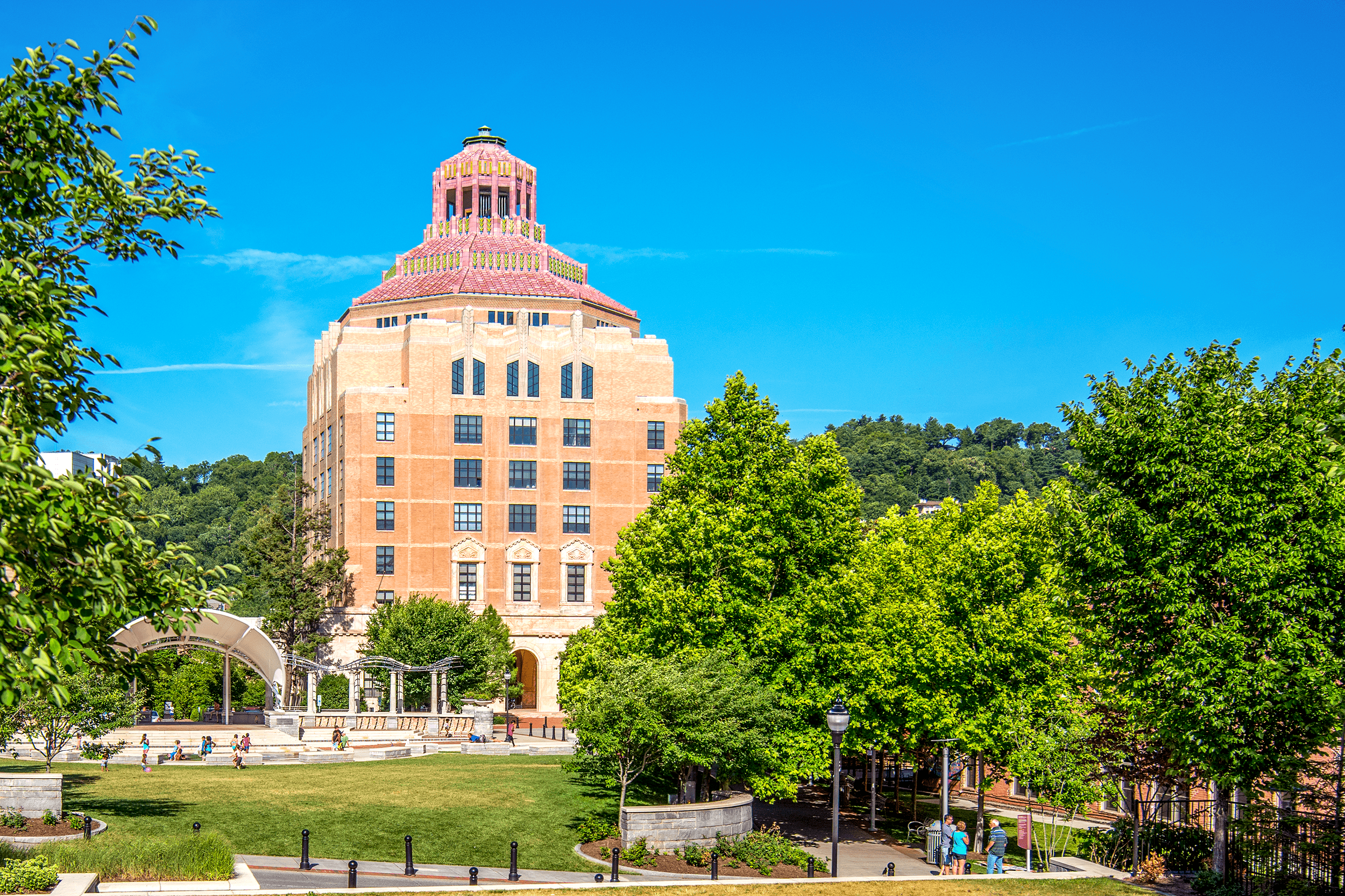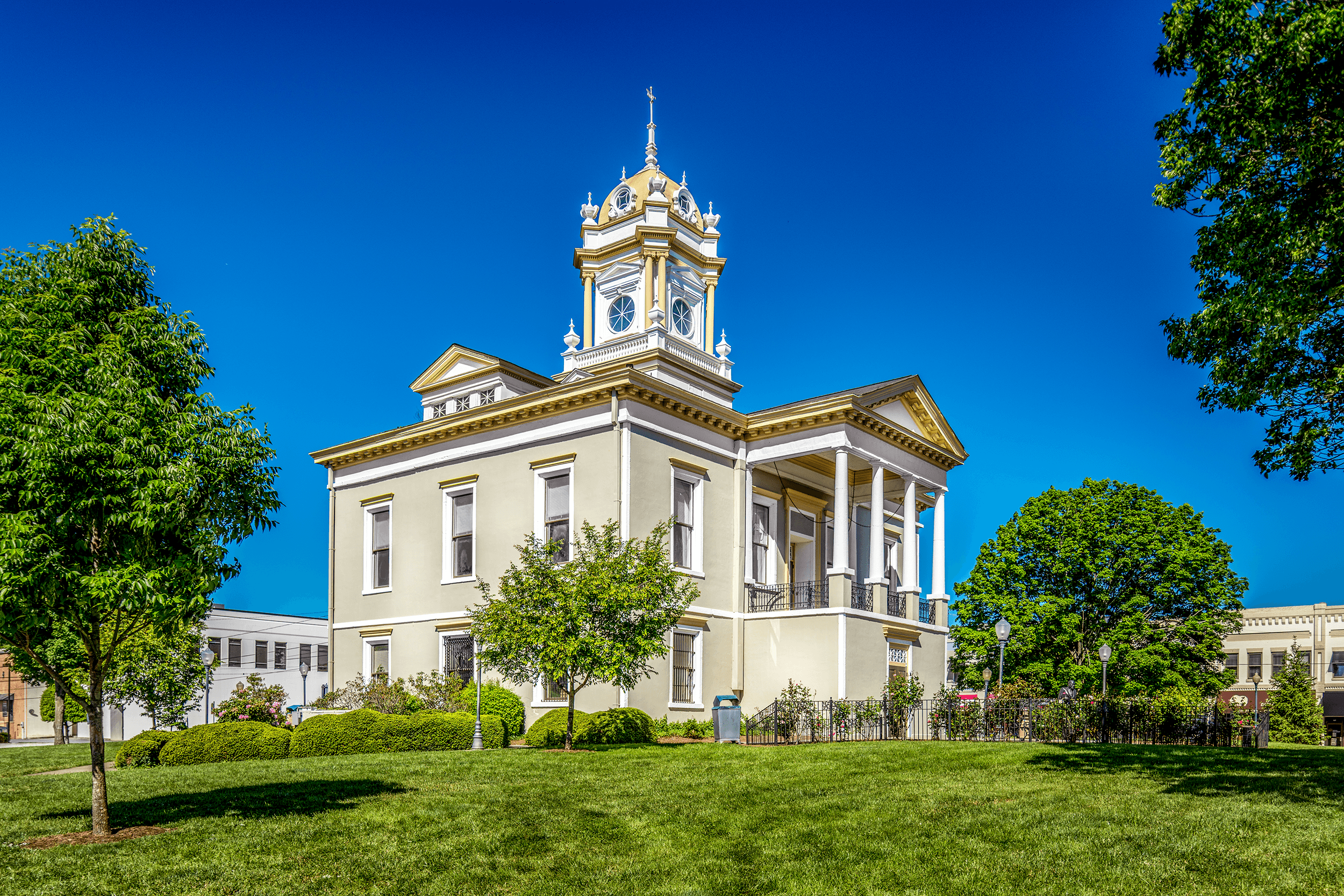Carolinas Aviation Museum

Updated: April 2019
“Brace for Impact!”
On January 15, 2009, US Airways Flight 1549 was just three minutes into its routine flight from LaGuardia Airport in New York City to Charlotte Douglas International Airport, when at 3:27 pm EST during its initial ascent the twin-engine Airbus A320-200 struck a flock of Canada geese at an altitude of 2,818 feet causing both engines to fail. Rapidly losing altitude, Captain Chesley B. “Sully” Sullenberger and First Officer Jeffrey Skiles decided to attempt an unpowered emergency water landing in the Hudson River as they could not reach any airfields nearby. Without the engines running, it was suddenly very silent in the plane. Seconds later Captain Sullenberger announced through the plane’s speaker system: “Brace for impact!”. With not much time left, the three flight attendants repeated the Captain’s instructions and prepared the 150 passengers in the cabin for impact as much as they could. The aircraft turned southbound and glided over the Hudson River. Just three minutes after both engines had lost power, the plane hit the water near midtown Manhattan. Several passengers suffered injuries, a few of them severe, but only one passenger required overnight hospitalization. What a miracle this was.
“It is really important that in spite of how safe air travel has become that we don’t forget what’s really at stake, why all the things we do are important and why we must exercise great skill, judgment, care and dedication on each and every flight.”
The original Airbus of US Airways Flight 1549, which landed in the Hudson River, is on display at the Carolinas Aviation Museum and has understandably become one of the museum’s centerpieces.
Home of the iconic US-Airways flight 1549 which did a successful emergency landing in the Hudson River in New York City in January of 2009 after hitting a flock of Canada geese causing both engines to fail.
Just three minutes after both engines had lost power, the plane hit the water near midtown Manhattan. Several passengers suffered injuries, a few of them severe, but only one passenger required overnight hospitalization.
Original picture “Plane crash into Hudson River” by Greg Lam Pak Ng, Flickr, licensed under Creative Commons CC BY 2.0, cropped.
With both engines shut down, the crew relied on the plane’s auxiliary power unit, which is located at the tail end of the aircraft, to provide the necessary electricity to steer the plane.
When the DC-3 was introduced in 1936, it changed the airline industry forever. Being able to carry 21 passengers, the DC-3 made air travel economical and affordable to a broader population. By 1941 the total number of air passengers has increased by 600%, and three-quarters of them flew with a DC-3.
After WWII, many DC-3 were available at little cost. Also, many pilots, who during WWII flew the C-47, the military version of the DC-3, were looking for jobs. Therefore, in the late 1940s and early 1950s, many new airlines were formed using the DC-3 as their primary aircraft. The DC-3 on display was initially built as a C-47 cargo plane in 1942. Piedmont Airlines acquired the aircraft in 1986 and restored it to an original airline configuration.
DC-3: A Legend of the Skies
In the 1920s commercial aviation started to take off but the cost of operating an airline was very high. Back then a plane could only carry up to 10 passengers. Only very few wealthy passengers could afford the high ticket prices. The airlines were continually challenging aircraft manufacturers to increase passenger capacity while lowering fuel consumption and cost per passenger. It was a huge step forward when the Douglas Aircraft Company introduced the DC-3 in 1936. The DC-3 could carry 21 passengers across the continental USA in less than 16 hours. It was the first time that air travel had become a viable industry. By 1941 nearly 75% of all passengers were flying DC-3s, and the total number of air passengers had increased by 600%. It is probably fair to say, that the DC-3 had shaped the transportation industry in a way that can still be seen today.
Also during and after the Second World War the DC-3 or C-47, how its military cargo-version was called, played an essential role in delivering supplies all around the world. It was also the C-47, which served as backbone during the Berlin Airlift (1948-1949), supplying an entire city with all it needed to survive the Russian blockade of all roads, waterways, and canals from Western Germany.
The Kaydet was introduced in 1933. Its structural rigidity and dual cockpits made it ideal as a trainer for military pilots. From 1933 to 1946 over 8,000 Kaydets were produced.
After WWII, military Kaydets sold for as little as $250. They were used as crop dusters and seeders. The aircraft was also popular at air shows, particularly for wing-walking events. Today the Kaydet is one of the most sought-after antique planes.
It all began with the Wright brothers and their revolutionary idea of three-axis control. By 1905 after years of trial and error, they had improved their design so much that Wilbur Wright flew the Flyer III for 38 minutes over a distance of 24 miles. For a pilot to steer an aircraft, the plane had to bank or roll when turning, just like a cyclist leans, when he turns around a bend. They accomplished this by warping the tips of the wing, a design, which was later replaced by ailerons at the trailing edge of the wing.
The Grumman F-14 Tomcat made its debut in 1974 replacing the F-4 Phantom II. The F-14 incorporated the experience of air combat against Russian MiG fighters during the Vietnam War. The aircraft was widely deployed in many conflicts around the world. After an impressive 30 years in service, the last F-14 was retired in 2006.
The F-4 Phantom II (right) was initially designed in the late 1950s as an attack plane for the new aircraft carriers. The F-4 was fast, flying up to Mach 2.2 and could carry up to 18,650 pounds of missiles and bombs. The A-4 Skyhawk (middle) was a subsonic, lightweight aircraft that could operate from existing WWII-sized aircraft carriers. The Boeing CH-46 Sea Knight (left) first entered service in 1962 and was deployed throughout the Vietnam War by transporting soldiers into inaccessible areas, often behind enemy lines.
The CH-46 on display was the original helicopter that carried Private First Class Mike Clausen to rescue 20 marines stranded behind enemy lines in Vietnam on January 31, 1970, for which he received the Medal of Honor. The helicopter has been restored and returned to its Vietnam configuration.
The DC-7 is the last major piston-engine-powered transport plane before the jet-powered DC-8 was introduced in 1958. The DC-7 was built between 1953 and 1958. Eastern Airways’ DC-7 on display in the outside area of the museum started service in 1958 and was retired in 1965 after jet travel became common. The aircraft is fully restored and certified to carry passengers. While you are outside you can listen to the air-traffic controller of Charlotte Douglas International Airport.
Want to Sit in a Cockpit?
It’s quite an experience if you sit in a cockpit for the first time. All the instruments, dials and knobs are impressive, to say the least. The Carolinas Aviation Museums offers visitors the opportunity to sit in the cockpit of a Boeing 727-100, an aircraft, which Boeing has sold over 1,800 times. The cockpit on display was used as a procedures trainer, where pilots learned how to operate a Boeing 727.
You can also switch over to the narrow cockpit of an F-4 Phantom II, which was in the final active-duty Marine Corps F-4 squadron based at MCAS Barbers Point, Hawaii.
4672 First Flight Drive, Charlotte, NC 28208
Tel.: → (704) 997-3770
Mon. to Fri.: 10am to 4pm.
Sat.: 10am to 5pm.
Sun.: 1pm to 5pm.
All year.
During the hot summer season please keep in mind that the museum does not have air-conditioning.
Adults: $12.00.
Seniors (60+): $10.00.
College Studen (must present valid Student ID): $8.00.
Active Duty Military: $8.00.
Veterans: $9.00.
Children (4-17): $8.00.
Children (under 4): free with family visit.
Free on-premise parking.
Children under the age of 18 must be accompanied by an adult. Pets are not allowed in the museum.
A short movie gives background information about the heroic landing on the Hudson River.
The Carolinas Aviation Museum is accessible by wheelchair.
Restrooms are located in the Visitor Pavilion.

















